A healthy diet includes at least 400 grams of fruits and vegetables daily—and no, starchy veggies like potatoes don’t count. But here’s the catch: many large corporations market certain foods as “healthy” and “risk-free,” when in truth, they’re packed with hidden sugar. Think you’ve been making smart choices? It’s time to uncover the truth. Are you ready to find out if you’ve been fooled by these so-called “healthy” foods? Let’s dive in!
1. Multi-grain bread
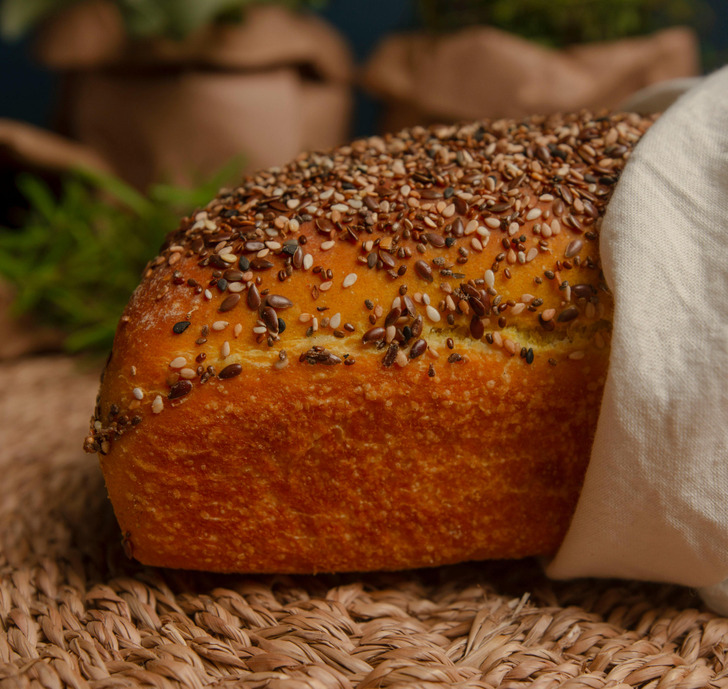
Many people reach for multi-grain or seven-grain breads, thinking they’re a healthier option. But here’s the reality: most of these breads still have unbleached enriched wheat flour as the #1 ingredient. Sure, they might have a sprinkle of whole grains, but they’re often playing second fiddle to processed flour.
Here’s a pro tip: avoid breads with “enriched” as the first ingredient. That word is a red flag—it means the grains were stripped of their natural nutrients during processing and then had a few artificially added back in. Instead, go for breads that proudly list whole grains, like whole wheat, as the star of the show. Your body will thank you!
2. Yogurt
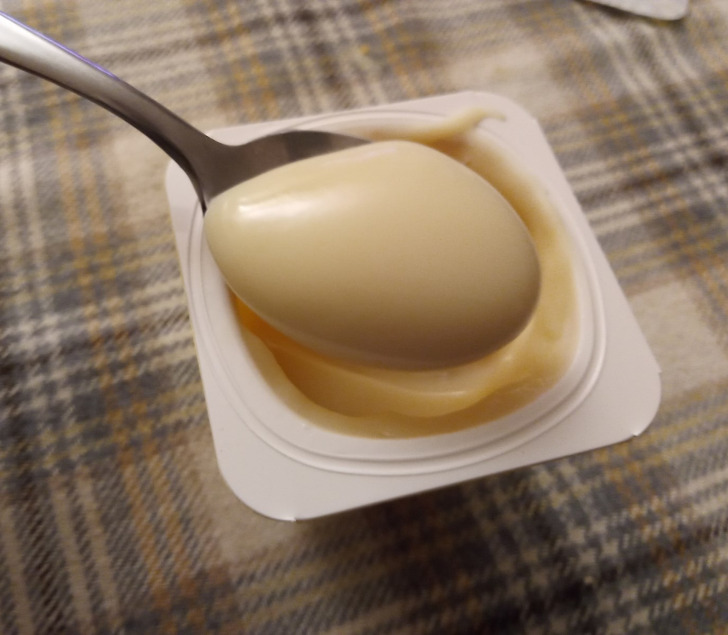
© Urci dream / Wikimedia Commons, © CC BY-SA 4.0
Yogurt has long been hailed as a gut-health hero, thanks to its natural probiotics. But not all yogurts are created equal—frozen yogurt, for instance, is basically ice cream in disguise, loaded with sugar and often topped with calorie bombs like crushed Oreos or gummy bears. Even yogurt-covered snacks like pretzels, raisins, and peanuts can be sneaky sugar traps.
And don’t be fooled by flavored yogurts, especially those targeting kids—they’re often sugar overload in a cup. For a truly healthy choice, go for plain low-fat Greek yogurt and jazz it up with fresh fruits like berries or bananas. It’s a delicious way to keep your gut—and your taste buds—happy!
3. Energy bars
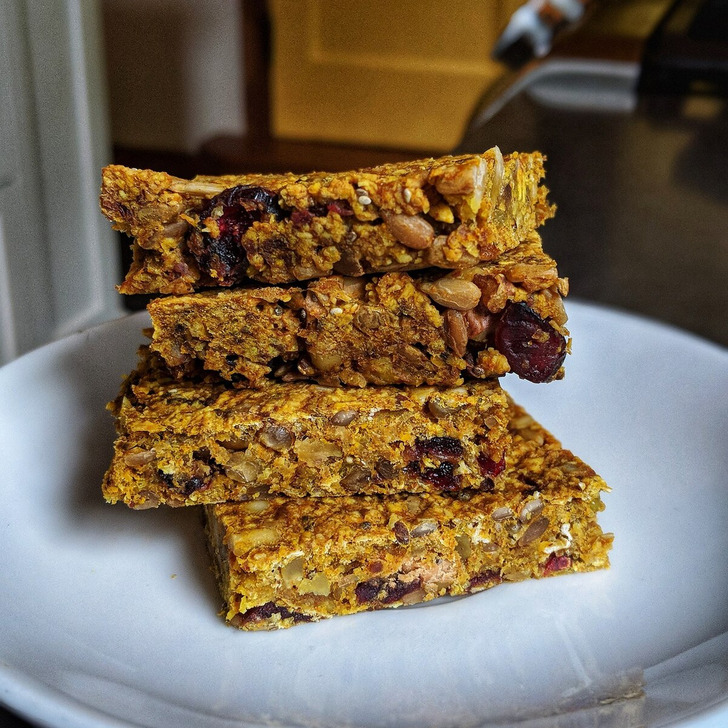
© LironOmri12 / Wikimedia Commons
Think energy bars are a healthy snack? Think again. Many are just candy bars in disguise, packed with sugar, calories, and fat—especially the ones coated in chocolate. Sure, they might boast ingredients like brown rice syrup or added fiber, but don’t be fooled; they’re often just a quick way to sneak in extra calories.
For a smarter choice, look for bars with simple, recognizable ingredients—think nuts, seeds, and a touch of honey to hold it all together. But if you’re watching your calorie intake, be cautious: even the “healthier” options are still calorie-dense. Sometimes, skipping the bar altogether might be the best move!
4. Dried fruits
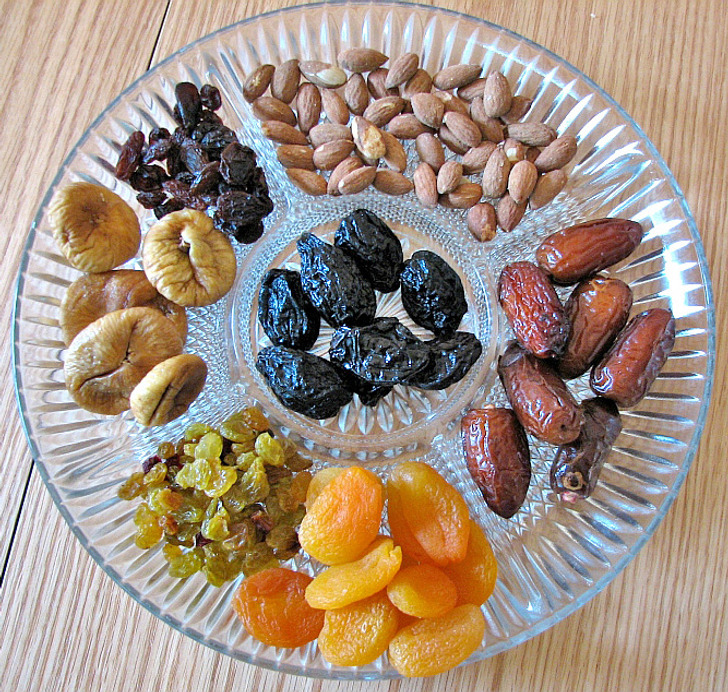
© Gilabrand / Wikimedia Commons, © CC BY 3.0
Dried fruit is a nutrient powerhouse—just one piece packs almost the same vitamins and minerals as its fresh version, but in a concentrated form. But here’s the catch: some nutrients, like vitamin C, take a hit during the drying process.
While dried fruit is naturally high in sugars, the removal of water amps up the sugar and calorie content, making it a dense, sweet snack. This means it’s easy to overindulge, quickly racking up your sugar and calorie intake without realizing it.
To make matters worse, some dried fruits are coated in added sugar or syrup to make them even sweeter—these are often called “candied” fruits. Research consistently shows that added sugar can wreak havoc on your health, increasing the risk of obesity, heart disease, and even cancer. So, while dried fruit can be a healthy option, moderation and mindful choices are key!
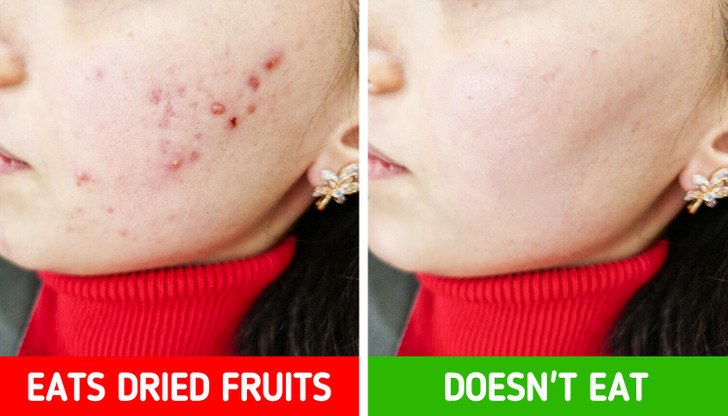
© Sedef94 / Wikimedia Commons, © CC BY-SA 4.0
Even if you’re munching on sugar-free dried fruits, that doesn’t mean you can go wild with them. Eating too many daily can lead to excessive sebum production, which clogs your pores and skyrockets your chances of breaking out with acne. So, while they’re a tasty snack, moderation is key to keeping your skin clear and glowing!
5. Granola
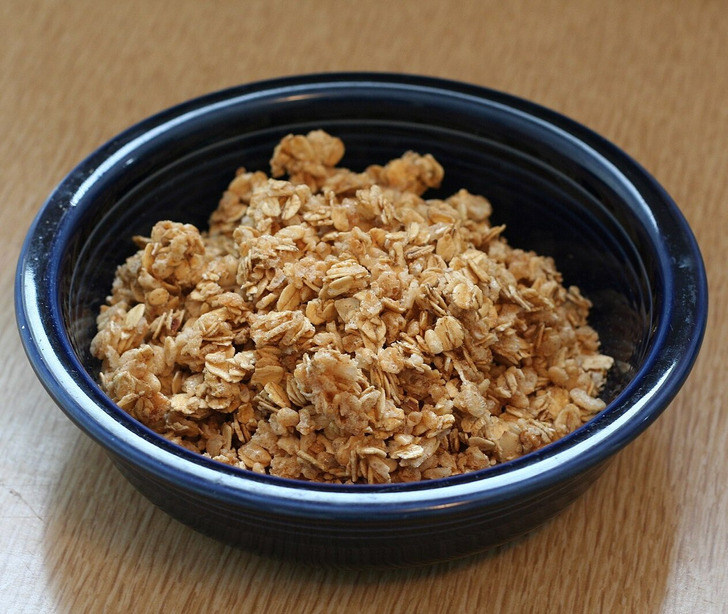
© Miskatonic / Wikimedia Commons, © CC BY-SA 3.0
Love granola on your yogurt or as a quick snack? Beware—most granola products are sugar and fat bombs in disguise. While they start with wholesome ingredients like rolled oats, dried fruits, nuts, and seeds, they’re often drenched in sweeteners like sugar, molasses, honey, or corn syrup, then baked in oil.
For a healthier twist, try muesli instead! It’s packed with the same nutritious ingredients—nuts, seeds, rolled oats, spices, and dried fruits—but skips the added sugar and oil. Or, better yet, whip up your own homemade granola or granola bars, controlling the sweetness and oil to keep it light and wholesome. Your taste buds—and your body—will thank you!
6. Bran muffins
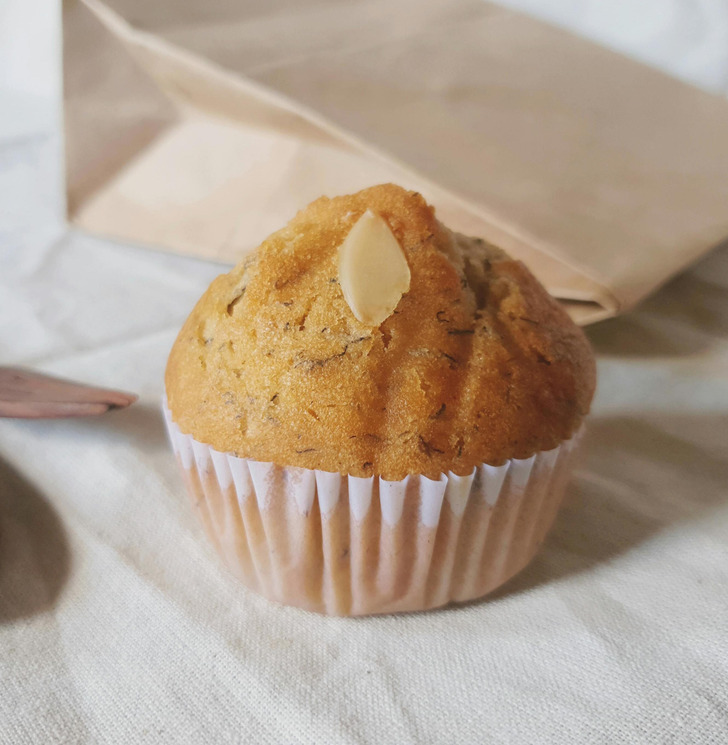
Muffins often get a bad rap for being unhealthy, but slap the word “bran” on them, and suddenly they seem like a health food. After all, bran is celebrated for its high fiber, minimal processing, and digestive benefits. But here’s the twist: the real culprits in muffins aren’t the bran—it’s the heaps of sugar and canola oil that sneak in.
Shockingly, a single muffin—yes, even a bran muffin—can pack 400 to 500 calories and over 40 grams of sugar. That’s right: your “healthy” muffin might actually be worse than a chocolate chip cookie. So, next time you’re tempted, check the label—your waistline will thank you!
7. Veggie sticks
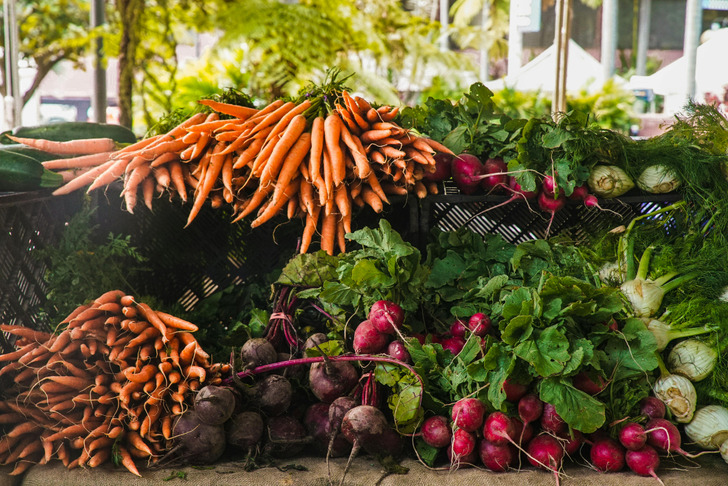
Forget those bags of fried or baked snacks masquerading as healthy options—you know, the crunchy sticks made from corn starch and potato starch, with just a dusting of spinach or beet powder for color. Spoiler alert: those don’t count as vegetables!
If you’re craving something crunchy and nutritious, skip the imposters and go for a platter of real veggie sticks—think cucumbers, peppers, and carrots. Your body will thank you for the upgrade!
8. Vitamin water

Water is essential for life, and so are vitamins—but when they’re slapped together in a bottle with food coloring and sugar, they become more of a gimmick than a necessity. Skip the sugary concoctions and stick to plain water, or jazz it up with a splash of citrus or a sprig of mint. As for vitamins? You can easily get what you need from a balanced diet, or if necessary, a sugar-free multivitamin. Keep it simple, keep it real!
9. Pretzels
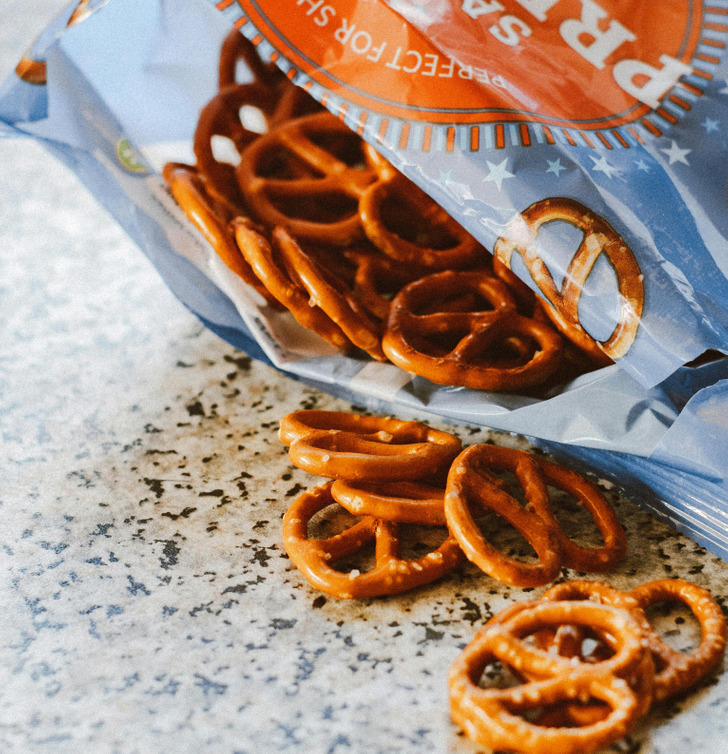
Back in the low-fat craze, pretzels were hailed as the ultimate snack. But here’s the truth: their refined flour and sky-high salt content can be just as bad for your heart health as fatty foods. That’s why pretzels have officially been demoted to junk food status. For a smarter, crunchier alternative, grab a bowl of air-popped popcorn—it’s light, satisfying, and way better for you!
10. Sweetened oatmeal
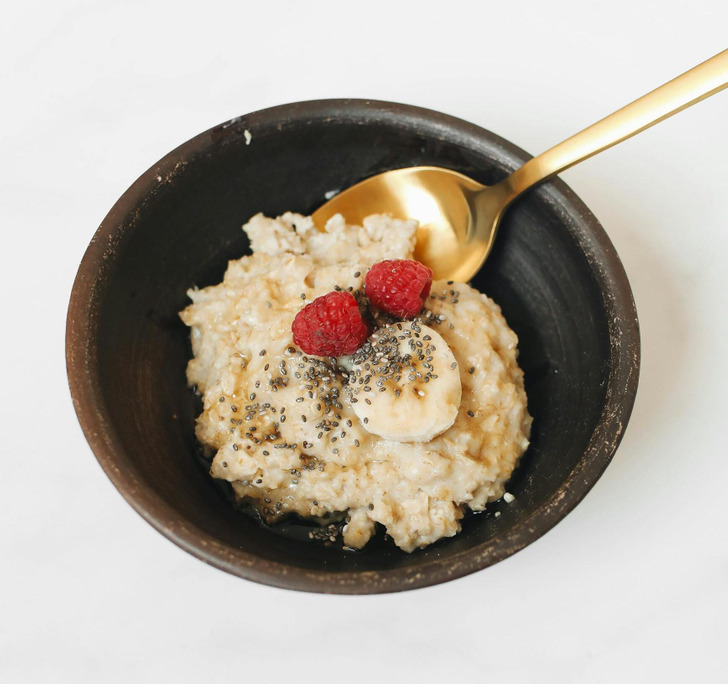
© Polina Tankilevitch / Pexels
Oats are a healthy whole grain, but that changes when your bowl is filled with three teaspoons of sugar. Avoid the maple or brown sugar-flavored packets. Instead, prepare your own plain oatmeal and add grated apple, coconut, mashed banana, or fresh berries for flavor.
11. Ground coffee

For many, a steaming cup of coffee is the perfect morning ritual. But here’s the kicker: that pre-ground coffee you’re using might not be as pure as you think. It’s often mixed with fillers that look like coffee, making it tough to spot the difference.
Even worse, some brands have been found to contain harmful substances like Ochratoxin A, Acrylamide, Polycyclic Aromatic Hydrocarbons, yeast, and pesticides. Yikes! To steer clear of these risks, go for whole-bean coffee or stick to trusted brands for your pre-ground fix. Your morning brew should wake you up, not weigh you down!
12. Tea bags
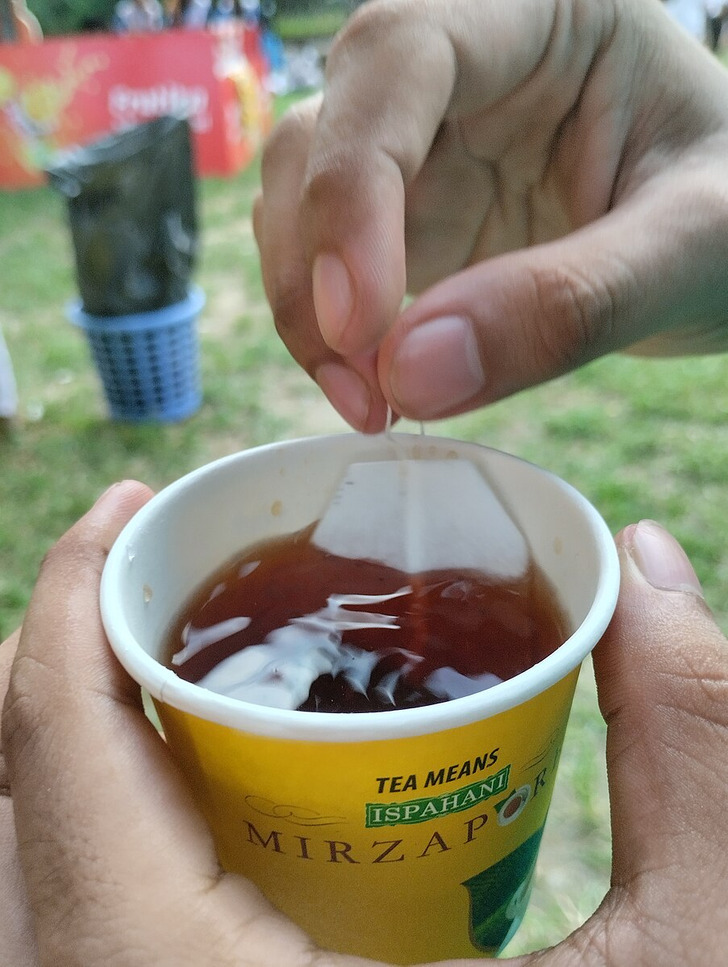
© Wasiul Bahar / Wikimedia Commons, © CC BY-SA 4.0
The seemingly healthy and refreshing tea from tea bags may actually be releasing microplastics into your body. In addition to plastic fibers, a chemical called epichlorohydrin is used in the bags to prevent them from tearing. Instead of consuming tea that may contain these tiny plastics, consider switching to loose-leaf tea. You can brew it and strain it properly before drinking.
- Any paper that can be soaked in water without disintegrating probably has plastic in it. Tea bags, wet wipes and freezer boxes. ©theangriestbird / Reddit
13. Sushi salmon
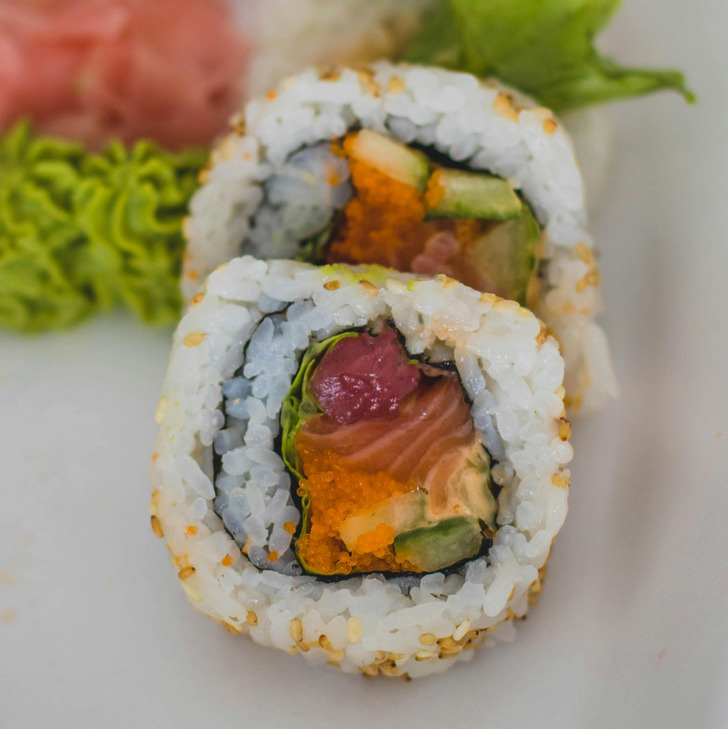
Craving a healthy sushi night? Think twice—nearly 74% of sushi sold in the U.S. is mislabeled. That means you’re often shelling out top dollar for lower-quality swaps. That “wild salmon” roll? It’s probably farmed. And that “white tuna”? It might actually be Escolar, a fish notorious for causing digestive trouble.
Next time you’re at a sushi spot, ask questions and choose wisely—your wallet (and your stomach) will thank you!
14. Cinnamon sticks
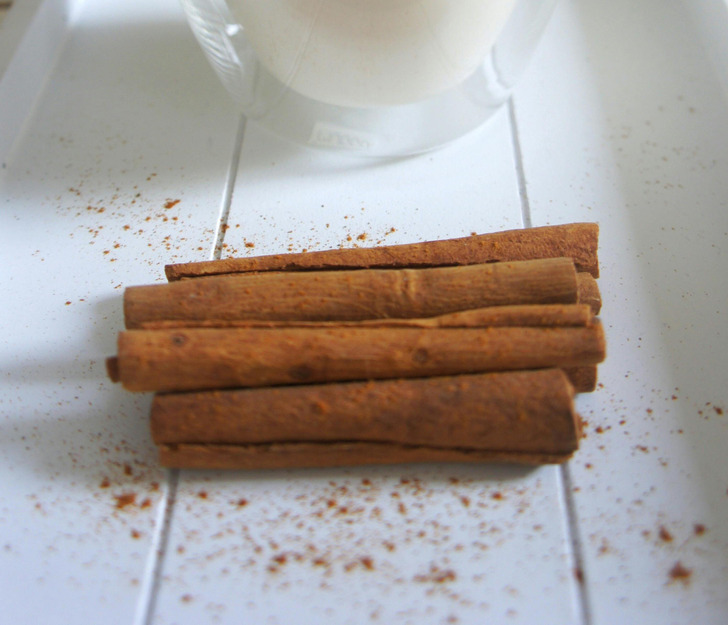
Did you know there are different types of cinnamon? Two of the most well-known varieties are Ceylon and Cassia, but they have a key difference. Cassia cinnamon contains a compound called coumarin, which, believe it or not, is also found in rat poison. To easily tell them apart, just check the label on the packaging. You can also spot Ceylon cinnamon by its light, flaky texture and tan-brown color.
So, why should you be cautious about coumarin? This chemical is commonly used in fragrances, and research has shown that it can be a potential skin irritant. The European Union has even classified it as a possible skin sensitizer, meaning it could cause reactions like redness, bumps, or itching. Keep an eye on what you’re buying to stay safe!
15. Coffee pods

© Chevanon Photography / Pexels, © Olof Nyman / Pexels, © Maram / Pexels
Coffee pods are a convenient way to enjoy your favorite brew, but did you know that plastic pods might pose serious health risks? When heated, these pods can release chemicals that disrupt hormones over time. Even worse, some contain furan, a toxic substance that can damage your digestive system and liver. To protect your health, it’s a good idea to steer clear of plastic pods or consider cutting back on your coffee consumption. Your body will thank you!
What do flies do when they land on your food? Do they spit on it, leave dirt, or simply smell it? We are sure this has happened to you before. Now, you can find out what happens and whether you can eat your food afterward.
Preview photo credit Urci dream / Wikimedia Commons, CC BY-SA 4.0, Valeria Boltneva / Pexels
credits by: Brightside.me






